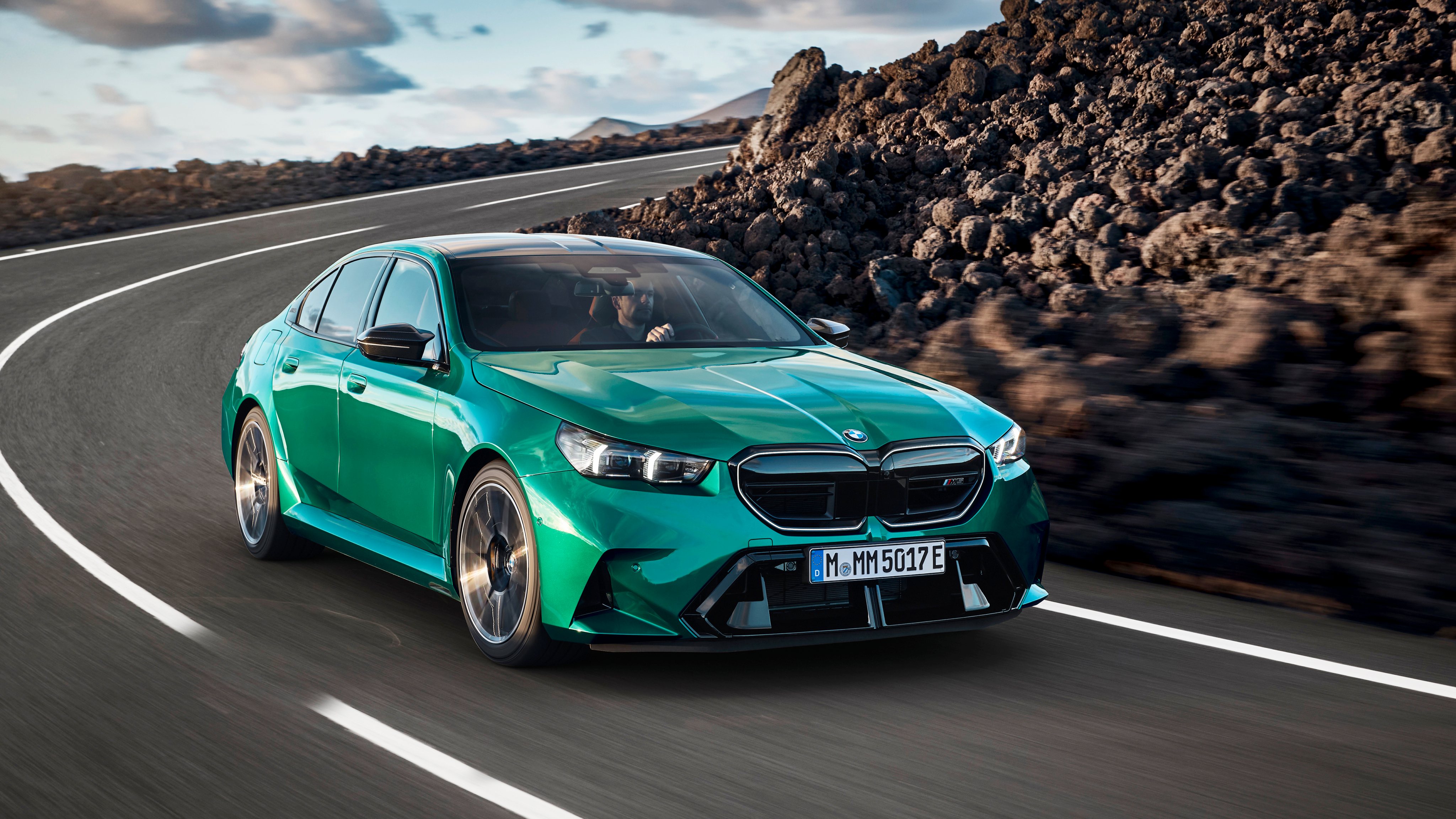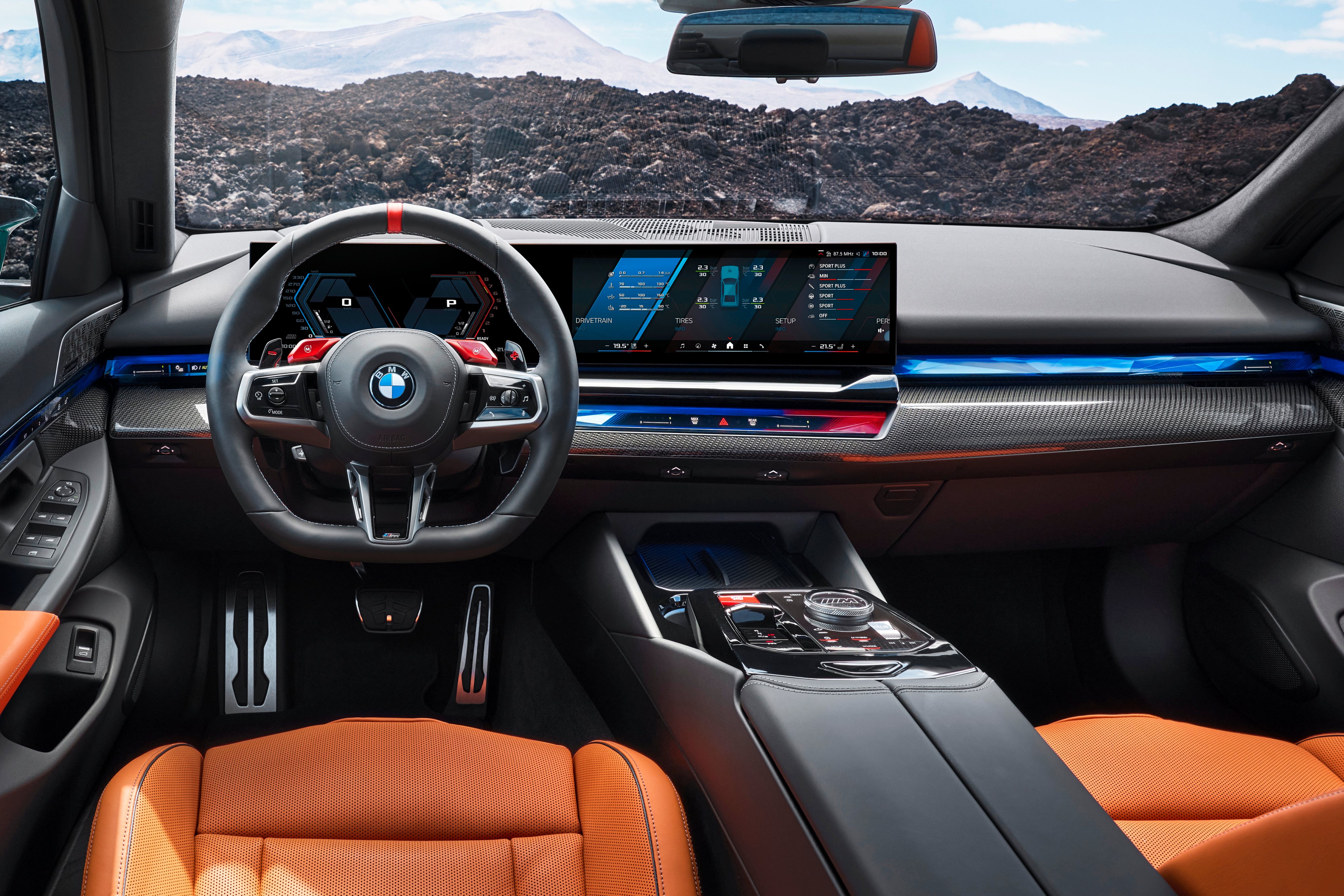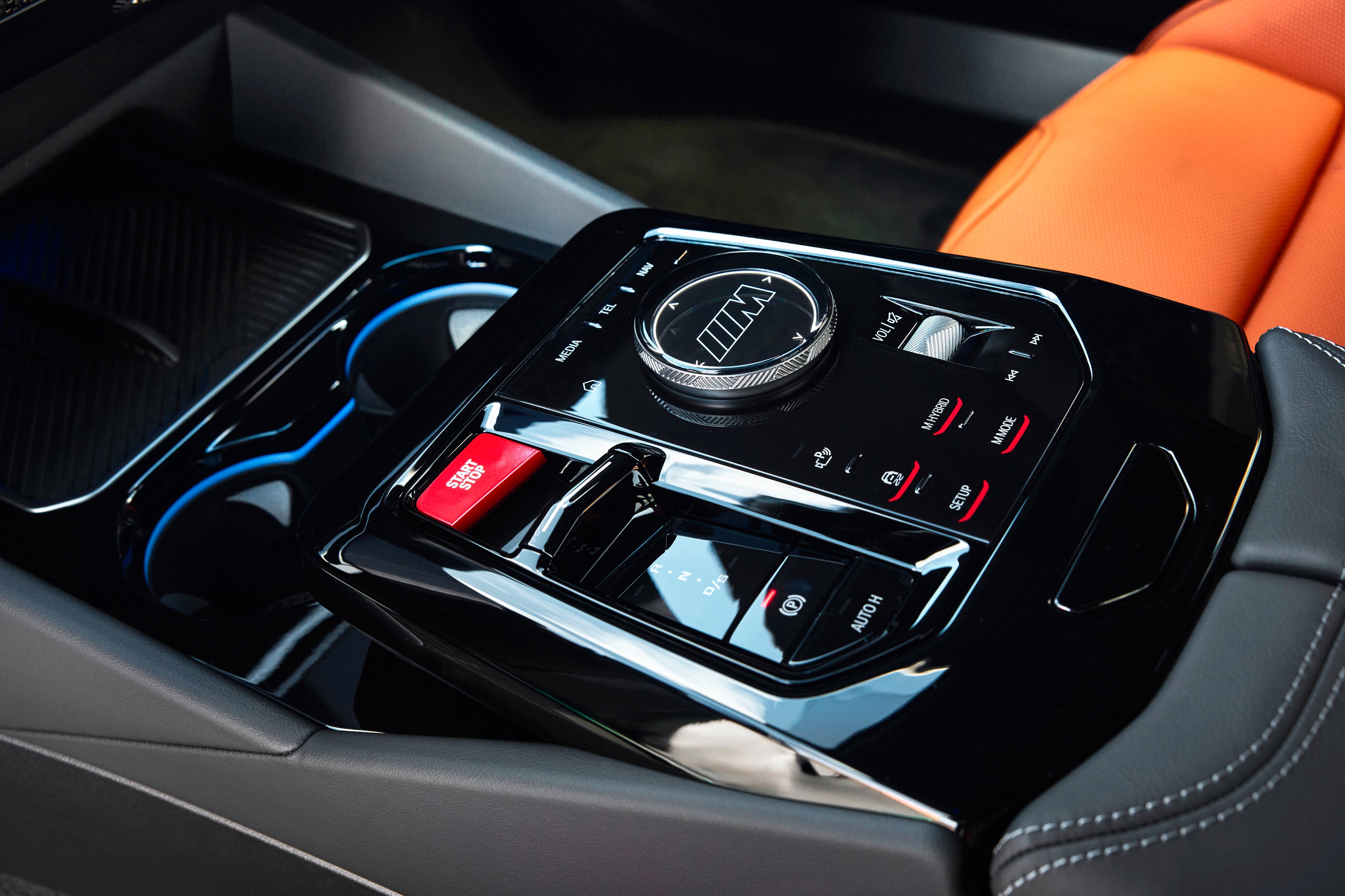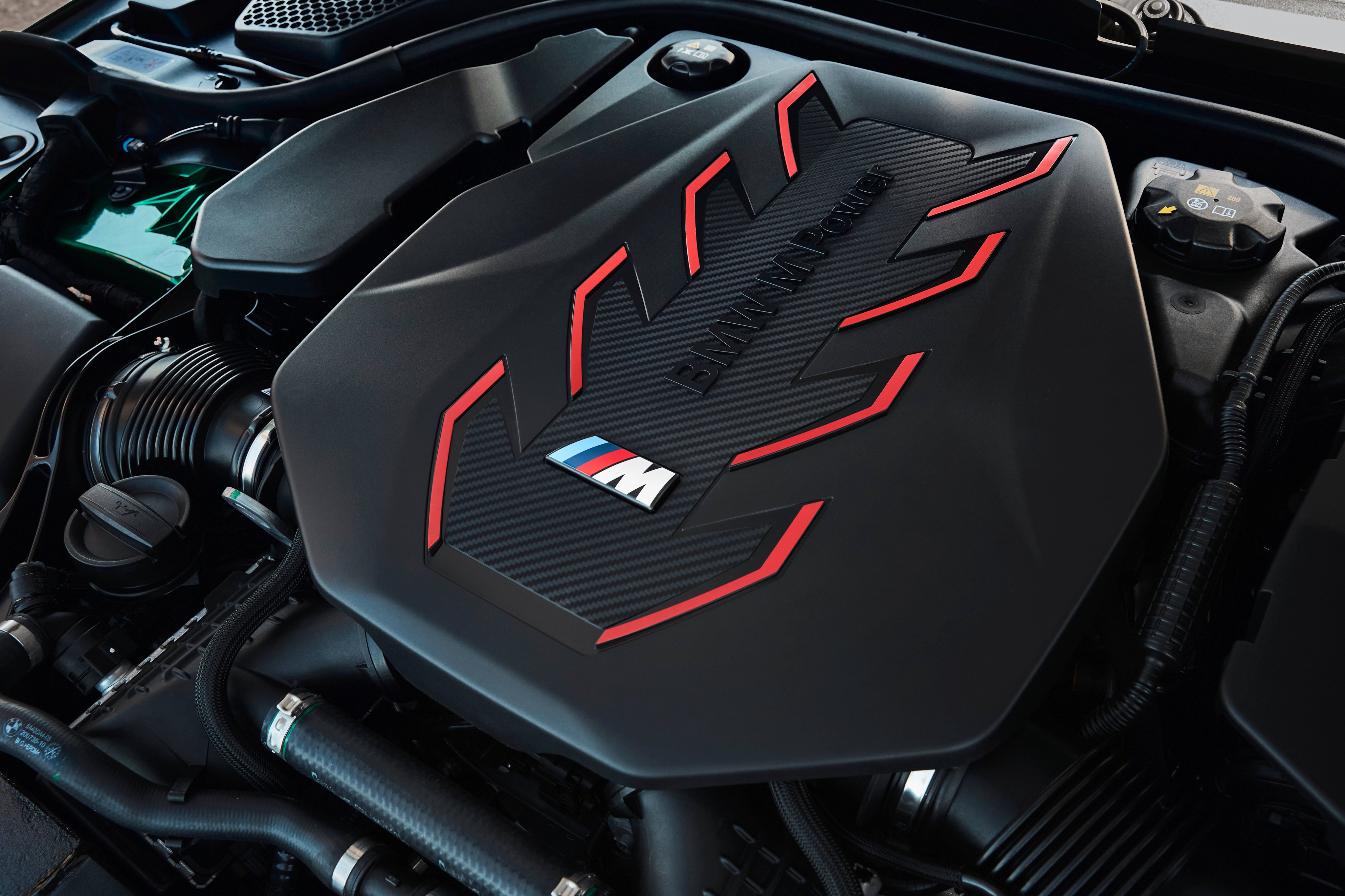As expected, this being the strategy adopted by most manufacturers to reduce emissions and increase power, the BMW turned to electrification to update the new generation of the M5one of its most powerful and emblematic models, which aims to combine the virtues of a generously sized family saloon with the power and performance worthy of a sports car. But the German manufacturer’s technological choices may have compromised the efficiency of the latest generation of the model.
The new M5 starts with grow compared to the previous generationincreasing the length to 5,096 m (+11.3 cm), also gaining 6.7 cm in width, 3.7 cm in height and 2.4 cm in wheelbase. The problem with the new M5 is related to this increase in size, but above all to the adoption of a 22.1 kWh battery, the electric motor and the entire management and recharging system, which increased the total weight from 1,970 kg of the previous generation to the current 2,510 kg. A very high value which, added to the weight of five adults, their luggage and the 60-litre petrol tank, almost forces the driver to have a heavy vehicle licence.
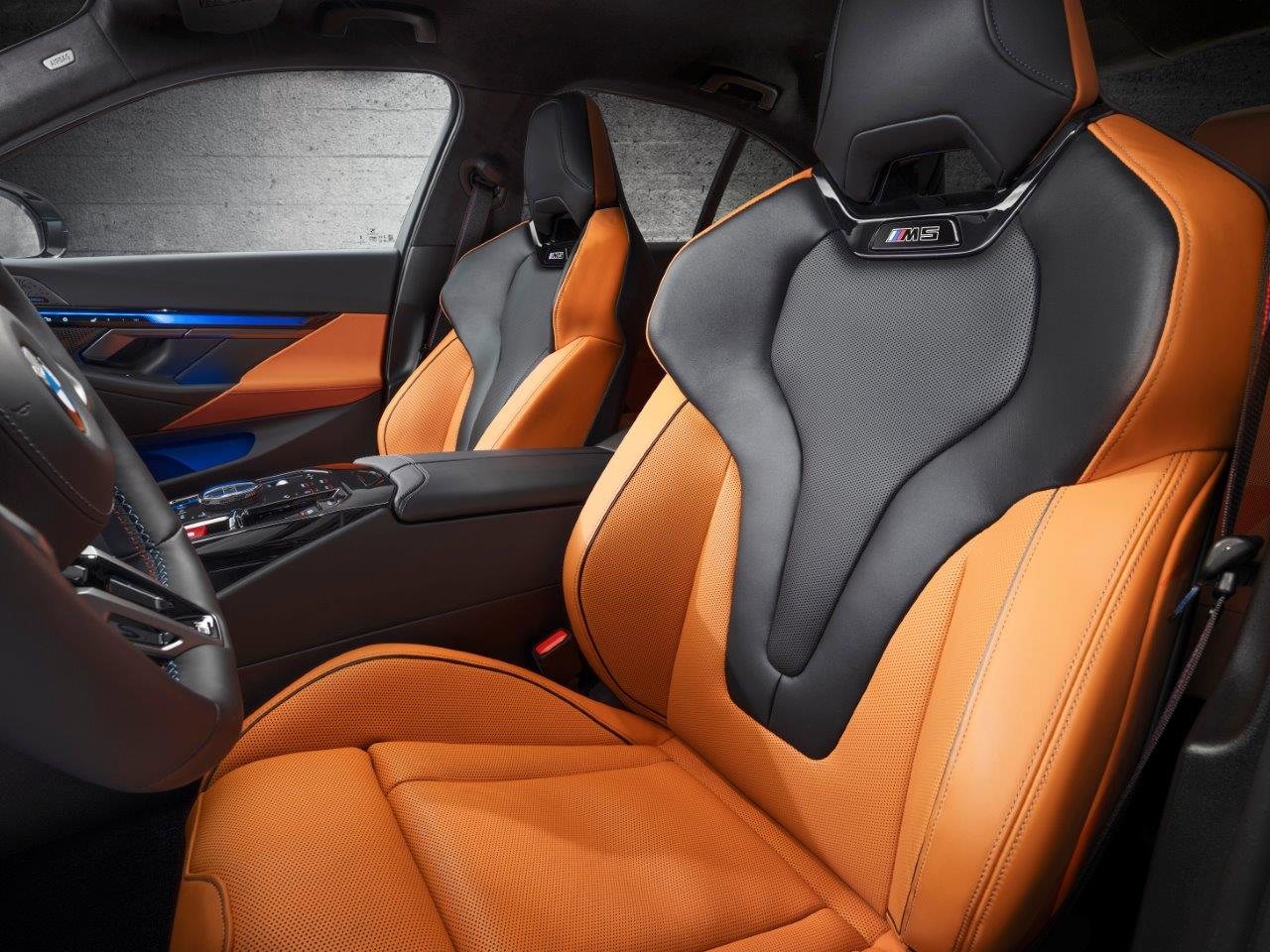
The interior of the new BMW M5
To move this gigantic M5, BMW uses a less powerful version of the 4.4 biturbo V8, which in the most recent electrified generation provides just 585 HP and 750 Nm of torque. But the German manufacturer reinforces the power using an electrical group installed inside the box that provides 197 HP and a force of 280 Nm, which places the total power of 727 HP and 1,000 Nm of torque, values that should leave the previous generation M5 behind. Which, unfortunately, does not correspond to reality.
The reason for the (negative) surprise is due to the battery that powers the plug-in hybrid system, with a total of 22.1 kWh and 18.6 kWh of usable capacity, to guarantee 69 km in electric mode between charges. And here lies another problem of the new M5 PHEV, since BMW only provided alternating current (AC) charging and only at 7.4 kW of power, which forces the M5 to be connected to a wall box for 3h25, no doubt dreaming of the option of a fast direct current (DC) charge.
The previous BMW M5 was seen as an impressive sports saloon, capable of going from 0 to 100 km/h in just 3.4 seconds (the M5 Performance version exceeded this in 3.3 seconds and the M5 CS in 3.0 seconds), but The new one, despite having 21.2% more power, does not exceed 3.5 seconds. The disadvantage is related to the weight gain of 540 kgThis is 27.4% more than the previous M5, which penalises the new model in terms of acceleration, but also in braking and cornering, where it will not be able to match the model it replaces.
Source: Observadora
